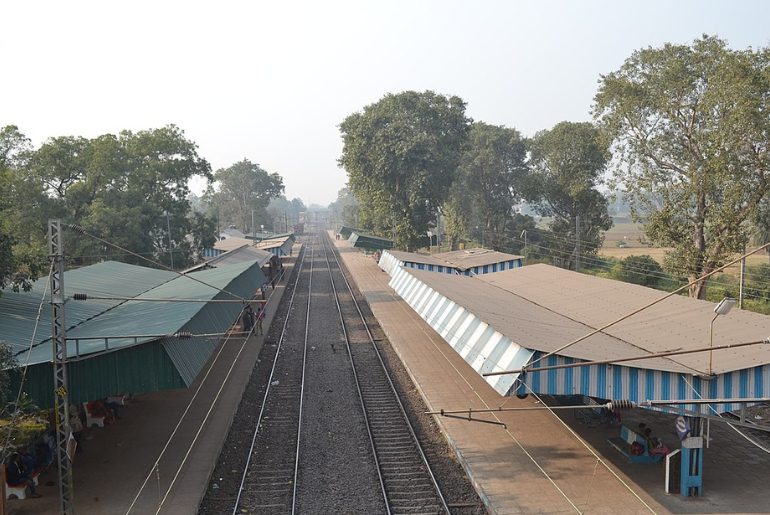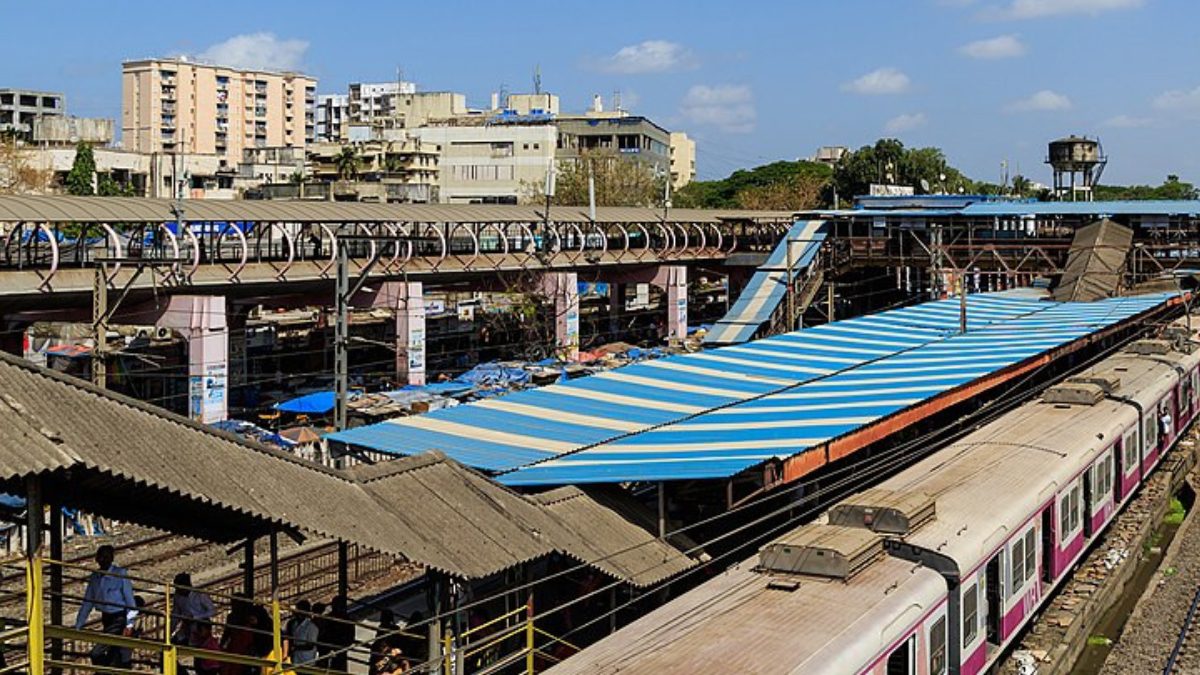The bustling city of Mumbai has recently encountered a concerning health issue that demands immediate attention. The Brihanmumbai Municipal Corporation (BMC) has uncovered anopheles mosquito breeding sites on the rooftops of some of the city’s prominent railway stations. This unexpected discovery has triggered a series of actions and inspections to mitigate the potential risks associated with mosquito-borne diseases.
Mosquito Breeding Sites Found In Key Mumbai Stations

The Brihanmumbai Municipal Corporation (BMC) has identified a concerning issue of anopheles mosquito larvae. Responsible for spreading Malaria, these larvae are detected on the roofs of several major railway stations in Mumbai. These stations include Dadar West, Sion, Matunga Road, and Mahim. Over the course of the past few months, the BMC has detected mosquito larvae on these rooftops a total of nine times.
As per the reports by Mid-Day, the G North ward officer highlighted the need for these inspections. He explained that a rise in malaria cases near the railway line between Matunga Road and Mahim was observed last year. To pinpoint the source of the disease, thorough investigations were carried out. Consequently, they revealed mosquito larvae breeding on the premises of these railway stations. This year, the BMC has maintained a regular inspection routine, leading to the discovery of multiple mosquito breeding spots since June.
Also Read: Onam Sadya: What Is The Significance Of The 26 Food Items? Here’s All About It!
Mumbai’s Rail Infrastructure Is Under Malaria Risk

The primary cause of mosquito breeding was found to be water accumulation on the roofs, often in roof gutters. Ensuring clean waterways and proper drainage is an essential step to mitigate this issue. The authorities have taken action by issuing notices to responsible parties. Also, they have urged them to undertake necessary cleaning and maintenance measures to avoid such breeding conditions.
Certainly, inspecting these roofs presents its own set of challenges, as the potential risks associated with high-tension wires make it a hazardous task. Beyond the immediate impact on railway staff and travellers, there is an additional concern for the residents residing near these railway stations. Also, the presence of mosquito larvae could lead to an increased risk of Malaria transmission within the community.
The BMC is taking proactive measures to address the presence of Anopheles mosquito larvae in the city’s railway stations.
Cover Image Courtesy: Wikimedia Commons
First Published: August 26, 2023 10:54 AM



